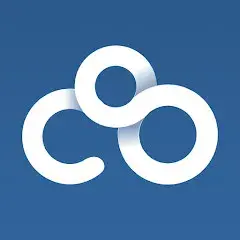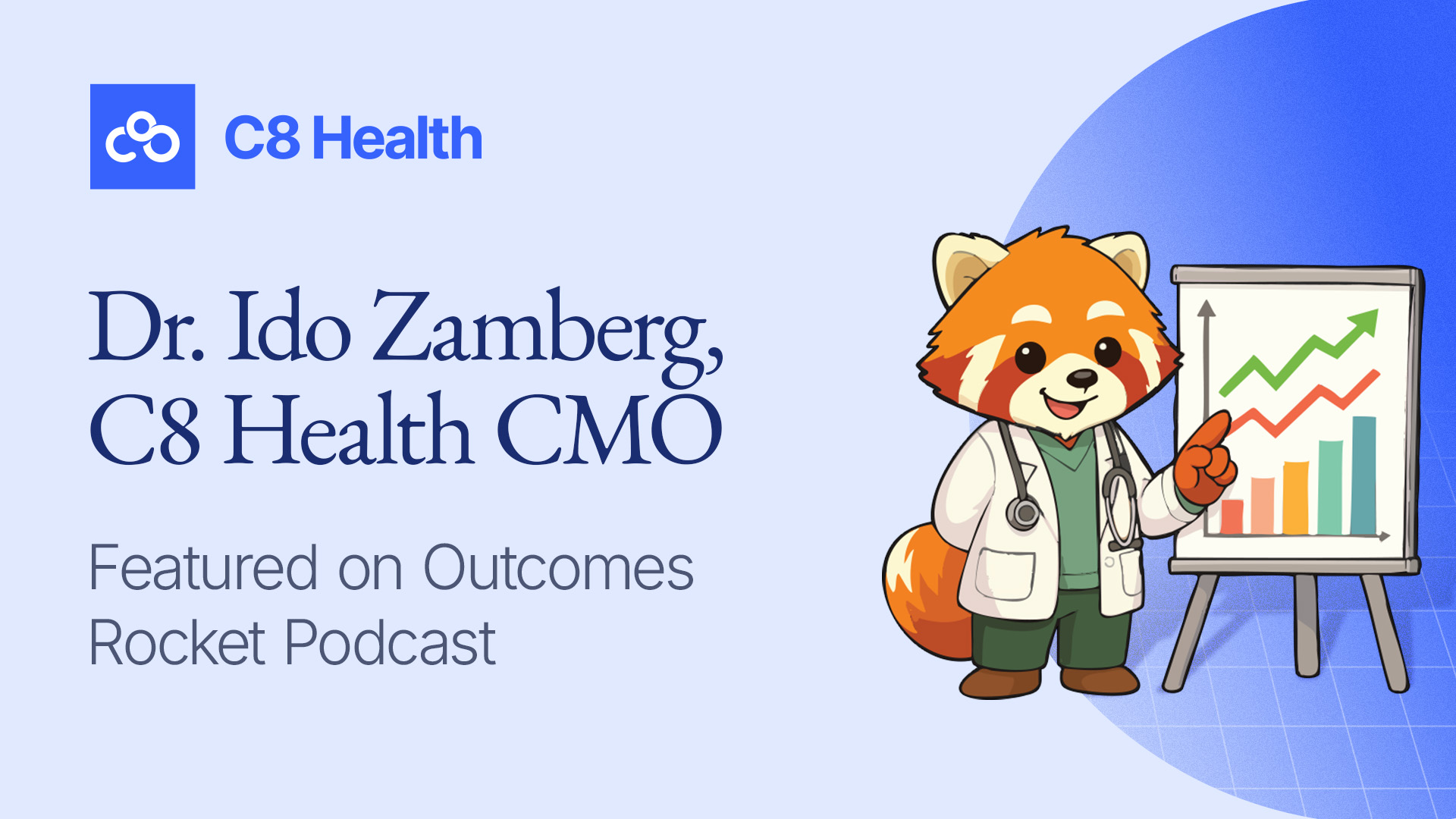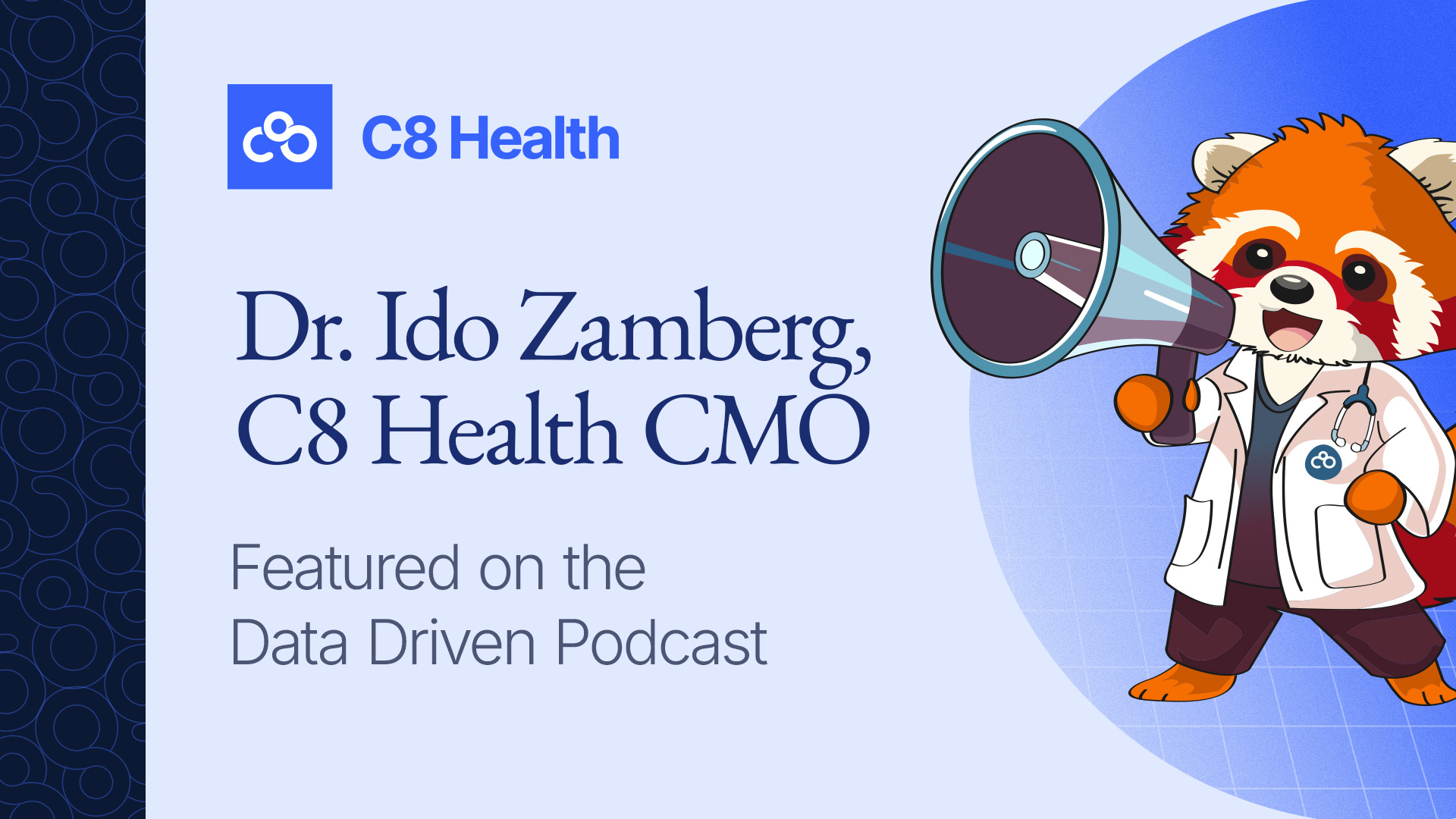How to Optimize Knowledge Management Process Flows in Healthcare
In the race to deliver quality care, outdated information is a thing of the past. Enter the flow of optimized knowledge management.


Mical DeBrow (Ph.D., RN) is a highly accomplished healthcare professional with a wealth of hands-on experience spanning various sectors of the industry. With a deep understanding of operations, policy implementation, and education in clinical settings, Mical brings a unique perspective to...
See Full BioLearn about our
Editorial PolicyPublished June 13, 2024.
For far too long, dated textbooks, handbooks, and knowledge confined to silos have left clinicians in the dark. Valuable insights lay buried while medical teams scrambled to find what they needed to treat the patients in front of them.
What is the solution? Knowledge management systems (KMS). These consolidate discoveries, learnings, and protocols into intuitive platforms that put the power of information directly into the hands of clinicians.
Meet the Expert
Mical DeBrow is an accomplished healthcare leader and clinician with extensive expertise spanning pharma, healthcare payers and providers, and healthcare information technology.
How to Achieve and Optimize More Focused, Actionable Information
While the amount of available information has increased, a lot of it includes details irrelevant to frontline staff. Refining this knowledge into concise, actionable formats can better equip nurses, technicians, and physicians with the information they need at the point of care.
Effective knowledge management is important in all cases, but one specific example occurs when administering medication or managing patient records. Having access to quick summaries on key clinical considerations would be incredibly helpful. Instead of sifting through stacks of paperwork or trying to find outdated references on the spot, targeted information provided through searchable databases can help guide better decision-making. Documentation systems with AI and smart templates play a key role in optimizing this process, making it much easier to manage information effectively and efficiently.
» Here's how to leverage effective strategies for knowledge management
1. Integrate Technology Strategically
Clinicians on the move often juggle stacks of papers, bulging folders, and the risk that an important piece of information could be buried somewhere at the bottom. Information should flow to caregivers, not the other way around, especially when the seconds count.
That is the vision behind the integrated knowledge portals now appearing within patient rooms and nursing stations. These wall-mounted tablets and interactive screens provide quick access to protocols, drug data, anatomy visuals, and, more precisely, when and where clinicians need them.
Consider This Scenario
A nurse notices a worrying change in a patient's heart rhythm and quickly accesses a digital platform to obtain the necessary resources. She references the ACLS protocols, obtains the phone number of the on-call physician, and consults a nursing protocol specific to the event. With the information at her fingertips, the nurse stabilizes the patient's condition and prevents a crisis scenario.
Now multiply this assurance across the countless micro-decisions made daily, and the vision becomes clear: clinical knowledge flowing effortlessly through integrated portals guides caregivers to quicker, safer, patient-focused care.
2. Implement Continuous Training and Skill Development
Implementing ongoing training programs for healthcare staff ensures that they are well-equipped to effectively use and navigate knowledge management systems. This helps maximize the benefits of technological tools and stay ahead of the latest advancements in healthcare practices.
You can conduct regular workshops or continuous training sessions online to educate healthcare staff about new features, updates, and best practices in using knowledge management technologies.
» Learn how to streamline information to boost patient care
3. Prioritize Needs to Demonstrate Value
When proposing new knowledge management solutions, the focus should be on tangible benefits like improved outcomes and efficiency gains rather than just adopting technology for its own sake. Demonstrating how optimized and streamlined information access translates to better care, faster decision-making, reduced length of stay, and cost savings can help secure buy-in and budget for these initiatives.
Our latest white paper covers the common problems organizations face with knowledge management and how making improvements to workflows benefits hospitals. Download it today.
4. Identify and Resolve Bottlenecks
Inefficient knowledge management can make it difficult for clinicians to find the information they need, leading to potential bottlenecks. Efficient knowledge management solutions should aim to address this. In addition, Improving access to clinical and data cross-departmentally can enable more informed decision-making on all sides.
"While progress is observed, it's acknowledged that more needs to be done to eliminate or mitigate these issues for better patient outcomes. The challenge lies in building solutions from the ground up, and proprietary concerns may hinder the sharing of information. Urgency is emphasized for swift advancements in this area."
» Transform insights into enhanced care with these knowledge management practices
C8 Health: Mastering Knowledge Management
As healthcare grows increasingly complex, with ever-expanding knowledge and mounting data, C8 Health recognizes the need for focused information delivery so that patient care does not get lost in the noise.
By creating tailored and automated workflows to deliver concise and timely nuggets of information, diagnostic guides, treatment options, and more, C8 Health helps clinicians and staff tap into the collective knowledge that informs optimal care decisions.
The result is a solution that connects the right individual with the right information at the right moment. And in an industry relying on outcomes, C8 Health gives the power back to healthcare teams to leverage knowledge with purpose and precision at each point of care.





.jpg)
.jpg)
.jpg)